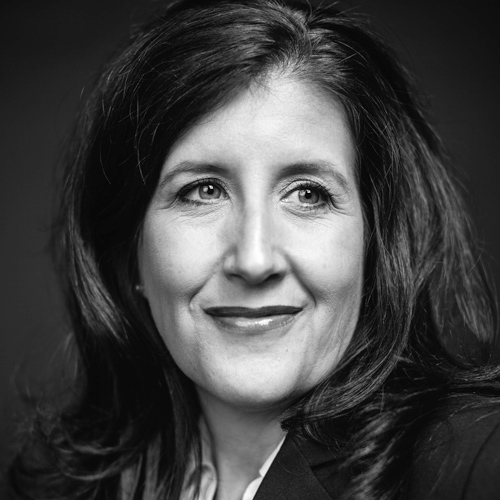John Stuart Mill probably couldn’t have fathomed the concept of the Internet when he wrote On Liberty—let alone the entity of YouTube. But the latter provides a perfect laboratory to test his timeless theory of the marketplace of ideas. And Ovation TV is betting on more than 150 years of tried-and-true political theory.
Ovation TV is the only television network in America devoted exclusively to the arts. And YouTube is an often-untapped pool of creative talent waiting to be discovered. Last spring, Ovation launched Ovation Digital Arts, its multiplatform community focused on developing a partnership with a number of YouTube-based creators that include musicians, dancers, painters, and photographers.
Ovation Digital Arts, like its artists, is an organic entity. Relying on the mechanism of the Internet and the power of crowdsourcing, it invites artists with public appeal and star potential. YouTube provides a dual platform: artists publicly audition with their uploaded content, and the audience elevates the best content with likes and views. “We used the power of the web to find them, then word of mouth took over,” says Rob Rader, Ovation TV’s general counsel. “We now have more than two million subscribers.” In developing the platform, Rader worked closely with Stephen Dypiangco, vice president of Ovation Digital Arts and former channel manager of YouTube Nation. “Stephen’s vision and team really have invigorated our online offerings,” says Rader.
Though there were already big companies in the digital market, Rader says Ovation Digital Arts was able to create a groundbreaking community focused on arts and culture that allows YouTube creators to shine. Rader worked closely with the implementation of Ovation Digital Arts, based on his longtime experience as head of business and legal affairs for MGM and representing diverse online properties like Collective Digital Studios, Buzznet (now SpinMedia), Epic Fu, Ask A Ninja, and Boing Boing.
“Most cable networks are only interested in adding subscribers rather than supporting the artists, but we have managed to offer these talented creators the help they needed to take their careers to a new level,” he says. Among the featured artists are Tom McPherson; “samuraiguitarist” Steve-san Onotera; photographer Matt Day; and former Disney animator, illustrator, and Oscar-nominated filmmaker Aaron Blaise.
Collaboration among artists, producers, and programmers has been essential to the project implementation. Film critic David Poland is having his show featured on Ovation TV’s linear and video-on-demand platforms. Ovation Digital Arts discovered Poland through his 57,000-plus-subscriber YouTube channel, “DP/30: The Oral History of Hollywood”.
The next stage is investing in Ovation Digital Arts’ new partners through TV programming, financing, and crowdfunding and helping them secure distribution deals that allow the artists to find additional revenue sources.
Though the process of creating and establishing the platform has been organic and smooth, Rader admits that there are some issues that still need work. “We would like to add more in-house expertise in the fields of software development and programming,” he says. “We are definitely interested in adding more Latino content to the network as well, including projects with comedian Gabriel Iglesias and other partners, as well as more original programming on top of the 250 hours of new programming we feature each year.”
In less than a year, Ovation Digital Arts has introduced its featured artists to 50 million subscribers and given them personalized audience development support. Ovation TV has provided more than $15 million in direct support to the artistic community and arts education since 2007. Through the Ovation Foundation, the company has offered a number of grants as well as sponsorship for community events.
Ovation TV’s tagline is “Art Everywhere,” and Rader says the organization lives up to that. “We want to make sure that everyone has access to the transformative power of art, not just by full-time artists, but in how people live their lives,” he says.
Last August, Ovation Digital Arts launched a new crowdfunding initiative called Creative Studio. Working closely with RocketHub to support filmmakers, writers, designers, and illustrators, the company ran a contest through its website to give $5,000 to certain particularly exciting projects. “If we fall in love with an idea, we will put that project on a TV special next year,” says Rader.
Ovation is also developing more over-the-top programming (videos broadcast from the Internet rather than from traditional television or cable). “The number of people viewing video online has increased,” says Rader, “and so has the demand for new digital content. That’s where the future is, and we are planning for it.”


